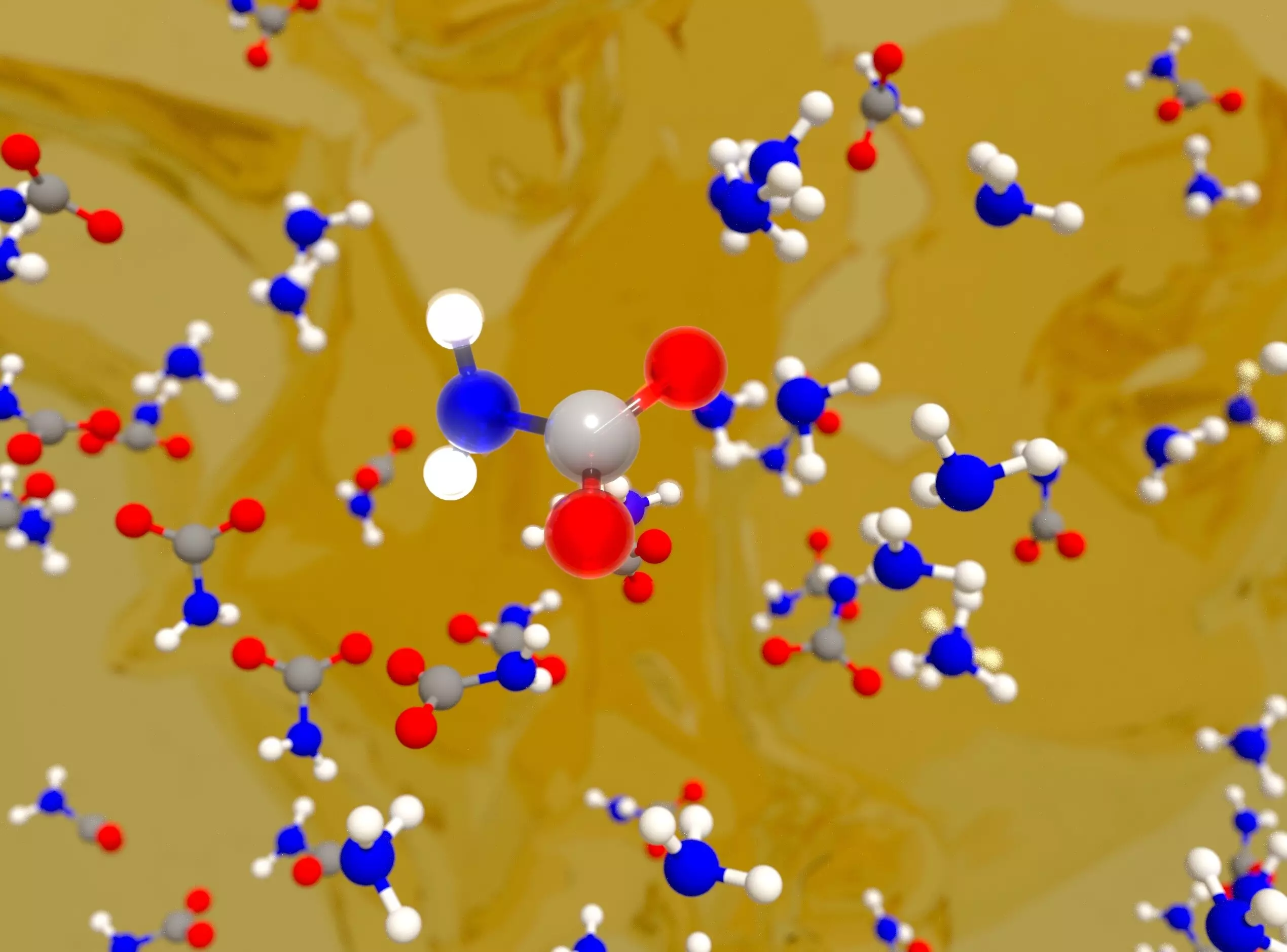The pressing issue of climate change has reinvigorated global discourse on carbon dioxide (CO2) emissions and their environmental impact. Among various technological innovations aimed at mitigating these emissions, direct air capture (DAC) has emerged as a pivotal strategy. The latest advancements at the Lawrence Livermore National Laboratory (LLNL) offer a promising avenue by employing machine-learning techniques to improve our understanding of CO2 capture using amine-based sorbents, which are gaining traction as cost-effective solutions.
Despite ongoing initiatives to transition to renewable energy, projections by the U.S. Department of Energy indicate that a substantial portion of energy production will continue to rely on fossil fuels by 2050. This situation heightens the urgency for effective CO2 reduction strategies, including not only the advancement of cleaner energy technology but also improved methods for capturing and sequestering CO2 emissions from existing sources. Amine-based sorbents represent one of the few reliable technologies capable of capturing CO2, even in conditions where carbon concentrations are strikingly low.
In light of existing knowledge gaps in the field of CO2 capture, the LLNL team has pioneered a machine-learning model that sheds light on essential chemical interactions. Their research uncovers that the amine’s interaction with CO2 relies heavily on the formation of carbon-nitrogen bonds and complex proton transfer reactions. These processes are not only fundamental to capturing CO2 but also exhibit intricate behaviors influenced by quantum variations of protons, a depth of understanding that was previously elusive.
The implications of this discovery are substantial. The use of machine learning enables researchers to analyze and predict the chemical behavior of amine-based sorbents with greater accuracy, providing insights that can drive the design of more effective capturing materials. As lead author Marcos Calegari Andrade explains, the ability to extend this methodology to various chemical compositions of amines could catalyze more extensive advances in the field.
The team’s research methodology integrates advanced computational techniques, specifically grand-canonical Monte Carlo simulations and enhanced sampling methods in molecular dynamics. This robust approach connects theoretical predictions with experimental outcomes, facilitating a seamless exchange between computational models and real-world laboratory tests. Such integration is likely to accelerate the development of improved CO2 capturing materials that will prove vital in addressing the looming climate crisis.
Sichi Li, a co-author and project theory lead, highlights the transformative nature of combining machine learning with sophisticated simulation techniques: “Our approach not only enhances the understanding of CO2 capture mechanisms but also serves as a foundation for designing next-generation materials essential for achieving net-zero greenhouse gas emissions.” This synergy between theory and experiment creates a feedback loop which is increasingly important in a landscape where rapid prototyping of materials can define project success.
The results from LLNL’s pioneering research lay the groundwork for deeper explorations into CO2 capture mechanisms, particularly regarding amine-based sorbents. As scientific inquiries evolve, it is crucial to establish methodologies that allow for continual refinement of experimental techniques informed by computational findings. This research signifies a significant step toward fully realizing DAC’s potential as a viable solution to global warming.
The collaboration among LLNL scientists, including co-authors Tuan Anh Pham and Sneha Akhade, emphasizes the collective effort necessary in tackling one of humanity’s most significant challenges. As interest in climate action grows, leveraging advances in machine learning and computational chemistry will undoubtedly carve a new path forward—for both scientific understanding and practical applications in the fight against climate change.
The intersection of machine learning and CO2 capture techniques not only holds the potential to mitigate emissions from current energy production but also symbolizes a broader shift toward innovative, data-driven methodologies in environmental science. As the global community continues to grapple with the realities of climate change, the insights from Lawrence Livermore National Laboratory stand out as a beacon of hope, merging cutting-edge technology with a commitment to sustainability.

